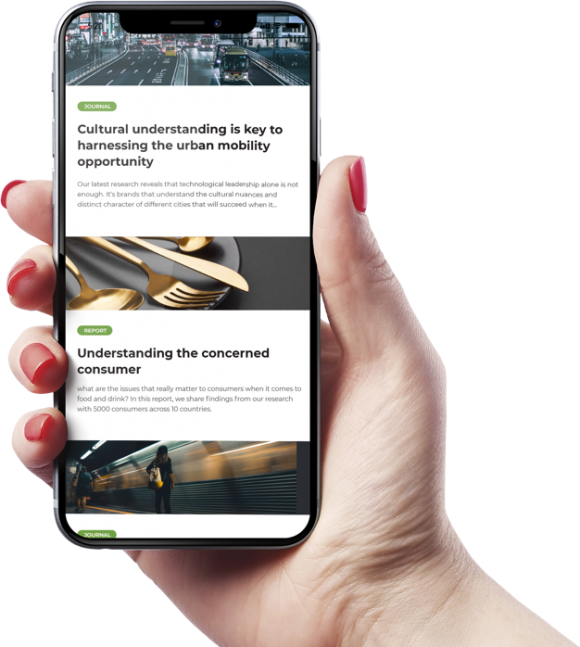Judgement sampling, also known as purposive sampling, is a non-probability sampling technique where the researcher selects participants based on their judgement about who would be most useful or representative for the study. This method relies on the researcher’s expertise and knowledge of the population to choose subjects that best meet the objectives of the research.
Definition
Judgement sampling involves the deliberate choice of participants based on the qualities or characteristics they possess. The researcher uses their expertise to decide which individuals or groups are most appropriate for the study, ensuring that the sample is well-suited to the research purpose.
Historical Context The use of judgement sampling has been prevalent in qualitative research since the early 20th century. It gained traction as researchers sought more targeted and insightful data collection methods that allowed for a deeper understanding of specific phenomena. Over the years, judgement sampling has become a staple in fields requiring detailed and focused study, such as social sciences, market research, and healthcare.
Alternative Terms Judgement sampling is also referred to as:
- Purposive Sampling
- Expert Sampling
- Selective Sampling
Who Uses Judgement Sampling?
Judgement sampling is utilized by various organizations, including:
- Market Research Firms: For targeted studies requiring specific expertise or consumer profiles.
- Healthcare Providers: To select patients with particular conditions for medical studies.
- Academic Researchers: For qualitative research and case studies.
- Government Agencies: To gather data from specific groups or communities.
What is the Purpose of Judgement Sampling?
The primary purpose of judgement sampling is to select participants who are most likely to provide valuable and relevant information for the study. It helps in:
- Targeted Insights: Focusing on specific characteristics or expertise needed for the research.
- Detailed Understanding: Gathering in-depth data from selected individuals who meet the research criteria.
- Efficiency: Reducing the time and resources needed by focusing on a smaller, more relevant sample.
When is Judgement Sampling Used?
Judgement sampling is particularly useful in situations requiring:
- Expert Opinions: When the study needs insights from individuals with specific knowledge or expertise.
- Rare Populations: When studying populations that are difficult to access or have unique characteristics.
- Exploratory Research: When initial insights are needed to inform larger, more comprehensive studies.
- Case Studies: When in-depth analysis of particular cases is required.
Why is Judgement Sampling Important?
Judgement sampling offers several benefits that make it a valuable tool in data collection:
- Focused Data: Ensures that the data collected is highly relevant and specific to the research objectives.
- Cost-Effective: Reduces costs by focusing on a smaller, more targeted group of participants.
- Flexibility: Allows researchers to adapt the sample based on emerging findings and research needs.
- Depth of Insight: Provides rich, qualitative data that can offer deeper insights into the subject matter.
How is Judgement Sampling Conducted?
Conducting a judgement sampling survey involves several key steps:
- Define Criteria: Establishing clear criteria for selecting participants based on the research objectives.
- Identify Participants: Using expert knowledge to identify and select individuals or groups that meet the criteria.
- Recruit Participants: Contacting and recruiting the chosen participants for the study.
- Collect Data: Gathering data through interviews, surveys, or other methods suited to the research.
- Analyze Data: Analyzing the collected data to draw meaningful conclusions and insights.
Example of Judgement Sampling
Suppose a researcher wants to study the impact of leadership styles on employee performance in tech startups. They might use judgement sampling to:
- Define Criteria: Identify criteria such as experience in tech startups, specific leadership roles, and company size.
- Identify Participants: Select CEOs and managers from successful tech startups who fit the criteria.
- Recruit Participants: Reach out to these leaders and invite them to participate in interviews.
- Collect Data: Conduct in-depth interviews to gather insights on their leadership styles and their impact on employees.
- Analyze Data: Analyze the responses to understand common themes and differences in leadership approaches.
Limitations of Judgement Sampling
While judgement sampling is useful for targeted research, it has limitations, including:
- Subjectivity: The selection of participants is based on the researcher’s judgement, which can introduce bias.
- Limited Generalizability: Findings may not be generalizable to the broader population due to the non-random selection of participants.
- Potential Bias: The method may lead to overrepresentation or underrepresentation of certain groups.
In conclusion, judgement sampling is a purposeful and efficient method for selecting participants who are most relevant to the research objectives.
At Kadence, it’s our job to help you with every aspect of your research strategy. We’ve done this with countless businesses, and we’d love to do it with you. To find out more, get in touch with us.

